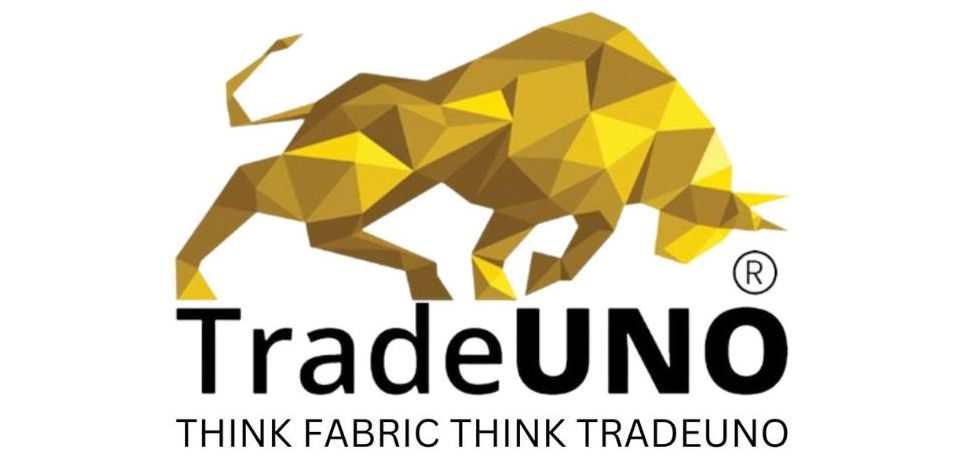Lightweight, semi-transparent textiles that allow light to pass through but still offer some coverage are referred to as sheer fabrics. These materials' delicate appearance and adaptability make them popular for usage in a wide range of applications, from garments to home décor.
Origin of Sheer fabric
The origins of sheer fabric can be found in Mesopotamia and ancient Egypt, where exquisite linen was made for garments. High workmanship was used to make linen, especially in Egypt, which led to the creation of semi-transparent, lightweight fabrics used by the nobility and elite.
Features of Sheer Fabric
Transparency: When utilized in clothes or window treatments, sheer materials' translucency can produce a stunning layering effect.
Lightweight: Because these materials are typically quite light, they are comfortable to wear, particularly in warm weather.
Gentle Texture: The delicate appearance of sheer fabrics is largely due to their generally gentle and soft texture.
Drapeability: Generally speaking, sheer materials drape well, enabling garments to have graceful, flowing designs.
Typical Sheer Fabric Types
Chiffon Fabric
Usually composed of silk or polyester, chiffon fabric is a flowing, lightweight fabric. Scarves, blouses, and evening gowns are frequently made of chiffon.
Organza Fabric
Organza is a thin, crisp fabric, usually composed of silk fabric or nylon fabric, that is stiffer than chiffon. Organza fabric is widely used for wedding dresses, formal attire, and bows and other embellishments.
Georgette Fabric
Georgette fabric, which is generally made of silk or polyester, has a crinkled texture and is similar to chiffon but a little thicker. It is well-liked for blouses and dresses.
Lace Fabric
A thin, frequently translucent fabric with elaborate patterns. Lace fabric is frequently used as overlays, decorative elements, and bridal gowns.
Applications of Sheer Fabric
Clothes: In women's fashion, sheer materials are frequently utilized in dresses, blouses, skirts, and layering pieces. They can provide an ensemble depth and ethereal looks.
Lingerie: Many lingerie pieces are popular choices for nightwear and personal attire because they use sheer fabrics for a sensual and appealing look.
Home Décor: Because they provide a certain amount of privacy while letting light in, sheer curtains fabric and drapes are frequently used in interior design.
Bridal Wear: To provide a romantic touch to bridal apparel, sheer materials are often used for overlays, veils, and delicate details in wedding dresses.
Care Instruction of Sheer Fabric
- Light-colored textiles usually need mild cleaning. It is usually advised to wash by hand or to use a cold water, gentle cycle in a washing machine.
- To avoid shrinking or harming the fragile fibers, air drying is recommended. Lay the fabric flat or hang it to dry rather than wringing it out.
- To avoid melting or scorching sheer materials, iron on a low heat setting with a pressing cloth.
FAQs
Is sheer fabric see-through?
Yes, sheer fabrics are semi-transparent, meaning they allow light to pass through and can reveal the shape or color of items worn underneath. Layering is often used to create a balance between transparency and modesty.
Can sheer fabric be layered?
Yes, sheer fabric is often layered to create depth and texture in garments or home décor. Layering can add an elegant touch and provide more coverage while maintaining a light and airy feel.
Can I wear sheer fabric in winter?
Sheer fabrics can be worn in winter when layered appropriately. Combining sheer layers with heavier fabrics or undergarments can provide warmth while still allowing for the ethereal aesthetic of sheer materials.
 Call Us
Call Us